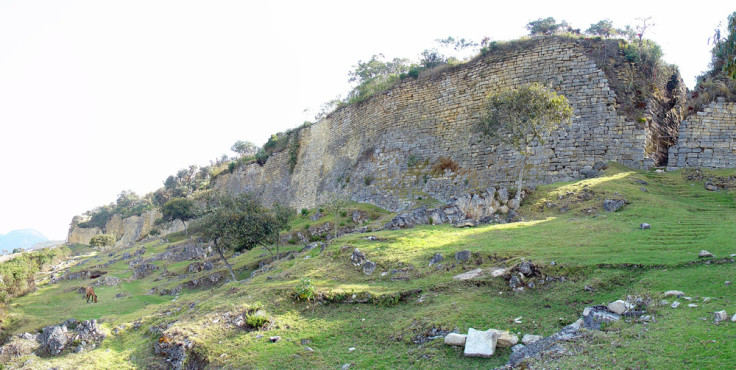Peru: First evidence of ancient bone surgery discovered with procedure on lower legs

Anthropologists from the University of Central Florida have discovered first ever evidence that drilling was used to try and treat physical ailments in parts of the body other than the head.
Trepanation is a highly risky ancient medical treatment that was given to people suffering from head trauma, where a hole was drilled or surgically scraped into a human skull to treat problems.
This method was used in particular to relieve cranial pressure when the brain swells due to a fall or other disease, although it may also have been mistakenly used to treat nervous system problems.
Today, trepanation is still used, but is reserved as a treatment for epidural and subdural haematoma, or for eye surgery such as corneal transplants.
Apart from surgery to the skull, though, the method has never been seen as a solution to any other medical ailments – until now.
Since 2004, Dr J Marla Toyne, an assistant professor in bioarchaeology, has led an ongoing excavation into the pre-Columbian site of the fortress of Kuelap in north-east Peru, which was occupied from 6<sup>th century AD until the Early Colonial period (1532-1570).
"In collaboration with Peruvian and Spanish colleagues, we use vertical climbing techniques to explore how the location of mortuary structures reflects the nature of social relationships among different groups, their ancestors and the living landscape," she said.
"Osteological analysis of the recovered skeletal and mummified remains provides a window into the lives of the individuals who were interred and archaeological investigation of the mortuary structures helps identify the material and symbolic expression of identity."
Her observations, entitled "Tibial surgery in ancient Peru", are published in the journal International Journal of Paleopathology.
There, the archaeologists discovered two skeletons whose bones showed evidence of having undergone drilling techniques on their legs, perhaps to treat some sort of infection on the lower leg.
Unfortunately, the two individuals appear to have died shortly after undergoing the procedure, as the wounds created by the drilling show no sign of having healed.
"Skeletal remains demonstrate that ancient Andeans were skilled and successful with many surgical treatments," Toyne wrote in her paper.
"Ethnohistoric documents suggest the Chachapoya shamans were known for their healing. In these cases, however, there is no evidence of long-term healing.
"This innovative medical procedure appears to have been an attempt at therapeutic intervention intended to treat an osteomyelitic infection of the distal tibial metaphysis."
© Copyright IBTimes 2025. All rights reserved.






















